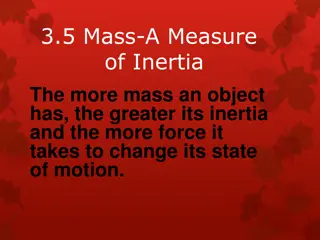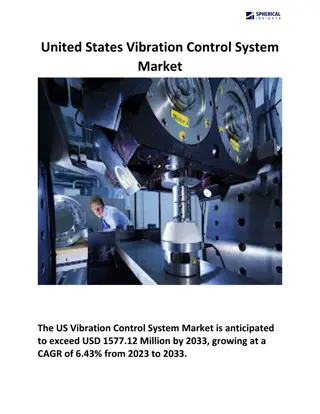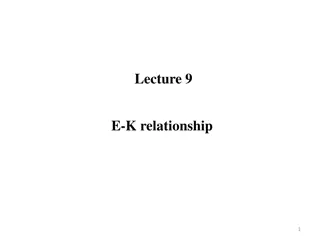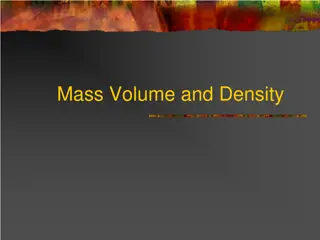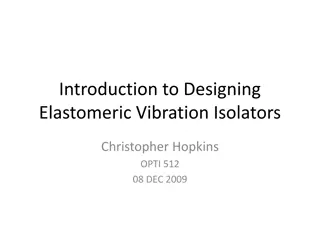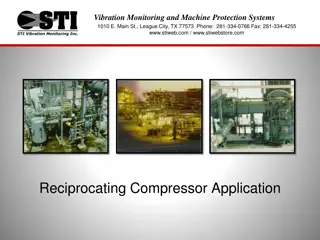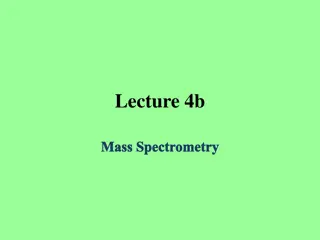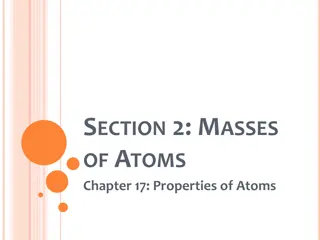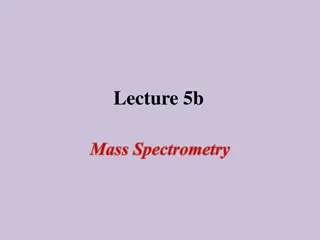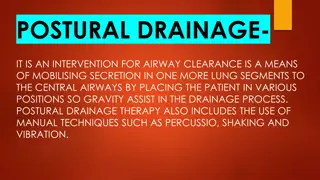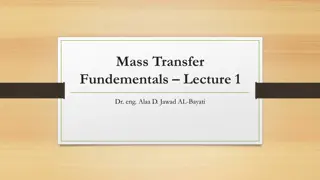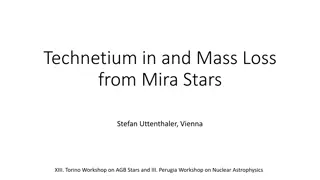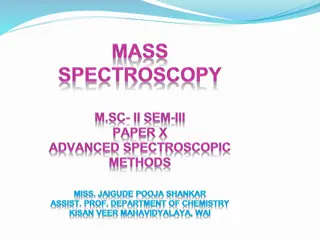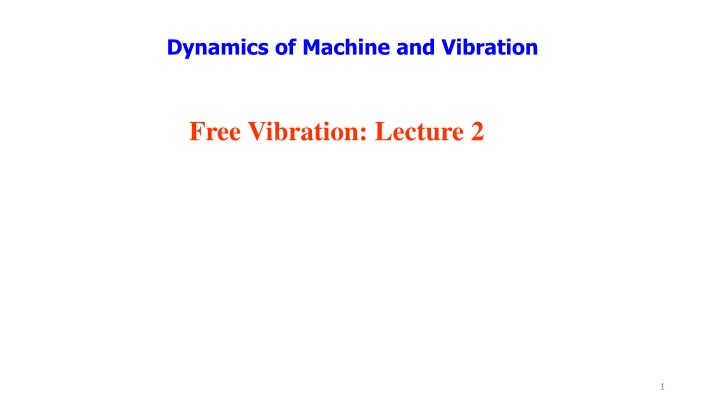
Dynamics of Machine and Vibration through Free Vibration Analysis
Explore the concepts of free vibration in machine dynamics, analyzing variations in kinetic and potential energy, calculating natural frequencies, and studying spring-mass-damper systems for a thorough understanding of mechanical vibrations.
Download Presentation

Please find below an Image/Link to download the presentation.
The content on the website is provided AS IS for your information and personal use only. It may not be sold, licensed, or shared on other websites without obtaining consent from the author. If you encounter any issues during the download, it is possible that the publisher has removed the file from their server.
You are allowed to download the files provided on this website for personal or commercial use, subject to the condition that they are used lawfully. All files are the property of their respective owners.
The content on the website is provided AS IS for your information and personal use only. It may not be sold, licensed, or shared on other websites without obtaining consent from the author.
E N D
Presentation Transcript
Dynamics of Machine and Vibration Free Vibration: Lecture 2 1
Variation of kinetic energy and potential energy Solution of DEOM : Displacement x(t) x (t) = A Sin ( t + ) Kinetic energy (K.E) Kinetic energy of mass m = 0.5*m*v2 Kinetic energy of mass m= 0.5*m*(A Cos ( t + ) )2 Kinetic energy of mass m= 0.5m 2 A2Cos2( t + ) Velocity (t) (t) = A Cos ( t + ) Spring Potential energy stored in a spring = 0.5*k*x2 U =0.5*k*(A Sin ( t + ))2 U= 0.5*k*A2 * Sin2( t + ) U= 0.5m 2 A2Sin2( t + ) Total energy of spring mass system (T.E) = Kinetic energy (K.E) + Potential energy (U.E) =0.5m 2 A2Cos2( t + ) + 0.5m 2 A2Sin2( t + ) =0.5m 2 A2(Cos2( t + ) + Sin2( t + )) T.E=0.5m 2 A2 (Cos2( t + ) + Sin2( t + )) =1) Therefore for given mass m, stiffness k, initial condition for displacement and velocity . Angular frequency ( ), Amplitude (A) will be fixed. Therefore total energy of system is constant
Variation of kinetic energy and potential energy Solution of DEOM : Displacement x(t) x (t) = A Sin ( t + ) 1.5 1 1.0 Velocity (t) (t) = A Cos ( t + ) 0.5 0.0 0.0 1.0 2.0 3.0 4.0 5.0 6.0 7.0 -0.5 2 -1.0 -1.5 Time t (sec) K.E= 0.5m 2 A2Cos2( t + ) 1 Variation of potential energy v/s time. U.E= 0.5m 2 A2Sin2( t + ) 2 Variation of kinetic energy v/s time.
Calculating natural frequency by energy method Graph of kinetic energy and potential energy verses time t From given figure, We can observe that maxim mum potential energy is equal to maximum kinetic energy. 0.6 1 0.5 Potential energy (U) 0.4 U= 0.5*k*A2 * Sin2( t + ) 0.3 0.2 0.1 Kinetic energy (K.E) 2 0.0 K.E= 0.5m 2 A2Cos2( t + ) 0.0 1.0 2.0 3.0 4.0 5.0 6.0 7.0 Time t (sec) 1 Variation of potential energy v/s time. Umax = K.Emax 0.5m 2 A2 = 0.5*k*A2 2 Variation of kinetic energy v/s time. 2 = k/m
Free Vibration of Spring mass damper system Objective We will learn how to derive equation of motion of spring mass damper system. Solution of equation of motion of spring mass damper system.
Damper / Dashpot Damper / Dashpot Properties of damper Damper dissipate energy from the system. Representation of damper Damper force (Fd) Damper force ( Fd ) = - c * v Here c is damping coefficient and its unit is N-s/m. v isrelative velocity vector. Dashpot
Damper force Fluid flowing inside the portion M Velocity of mass m Velocity of cylindrical portion




